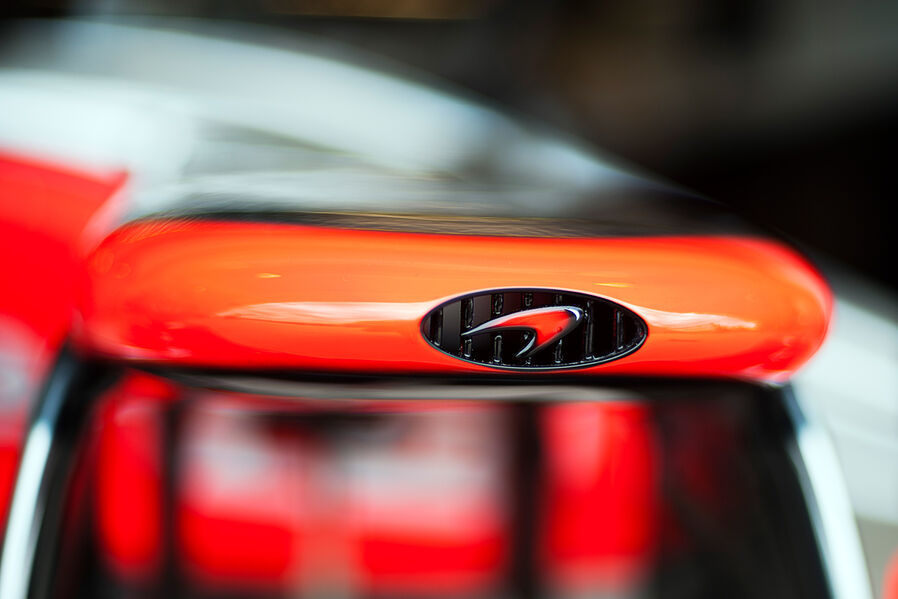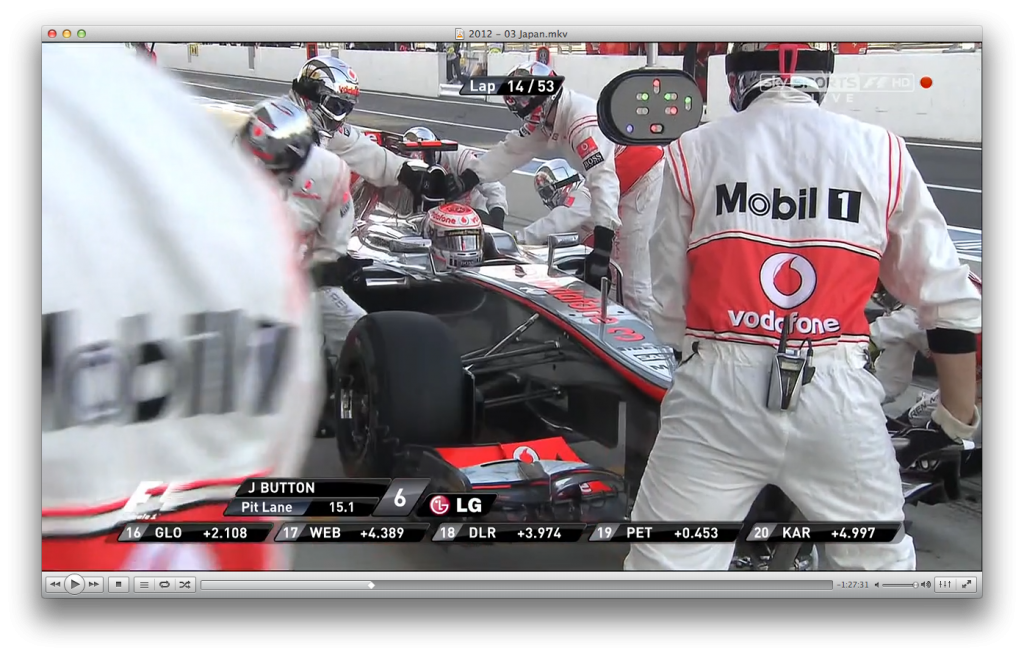- Login or Register
No account yet? Sign up

Sorry i think that was a optical illusion (in some sort it is, because the curvature is still the smaller like it seems)...gray41 wrote:Anyone else think the pillars looks more like this / \ if viewed from above.


And how do you explain Ferrari's FW pillars?aleksandergreat wrote:Nope its is optical illusion... THAT curvature is in direction if longitudinal axis of the car... And also they couldn't do that, because of rules...gray41 wrote:Anyone else think the pillars looks more like this / \ if viewed from above.
Yes i was wrong (look i edit previous post) and im sorry for confusion... Now i carefully look the rules boook and discover that small curvature it is still allovable in 25mm thick window and 10 mm radious...And how do you explain Ferrari's FW pillars?
[img]http://f1zoom.fx1.nl/?year=2012&race=usa&img=561[img]
Code: Select all
FIA 2012 regulations book
3.7.2
Any horizontal section taken through bodywork located forward of a point lying 450mm
forward of the front wheel centre line, less than 250mm from the car centre line, and
between 125mm and 200mm above the reference plane, may only contain two closed
symmetrical sections with a maximum total area of 5000mm2. The thickness of each section
may not exceed 25mm when measured perpendicular to the car centre line.
Once fully defined, the sections at 125mm above the reference plane must be projected
vertically to join the profile required by Article 3.7.3. A radius no greater than 10mm may be
used where these sections join.
3.7.3
Forward of a point lying 450mm ahead of the front wheel centre line and less than 250mm
from the car centre line and less than 125mm above the reference plane, only one single
section may be contained within any longitudinal vertical cross section parallel to the car
centre line. Furthermore, with the exception of local changes of section where the bodywork
defined in Article 3.7.2 attaches to this section, the profile, incidence and position of this
section must conform to drawing 7.


















Neatly demonstrating the falacy that so many people on this forum fall into. More complicated does not equate with better. More elements does not equate with more downforce. In fact, generally, it equates with more drag, and needs to work oh so much harder at producing downforce to make that work.seinfeld wrote:that front wing has had elements removed. and they still picked up downforce! WTF.
No "yet" is needed, in engineering, simple things are often (usually in fact) the better solutions.the new wing looks much more simple. yet Hamilton Smashed that last race.
because the wing is better designed. Here's an example profile for a wing, it's got 100 elements, it's pretty obvious why it doesn't generate more downforce than the current one:goes to show 20 element front wings are not as important. can anyone tell me why removing those elements gave them more D/F


A lot of assumptions you make though.seinfeld wrote:that front wing has had elements removed. and they still picked up downforce! WTF.the new wing looks much more simple. yet Hamilton Smashed that last race. goes to show 20 element front wings are not as important. can anyone tell me why removing those elements gave them more D/F